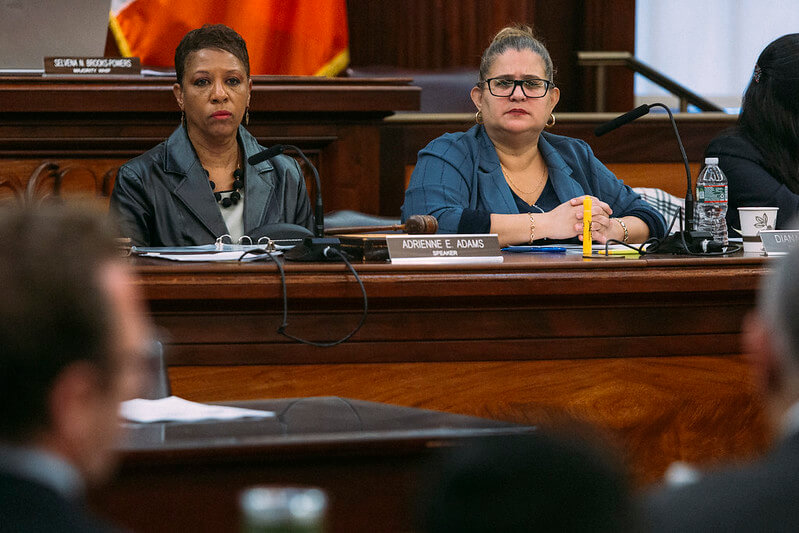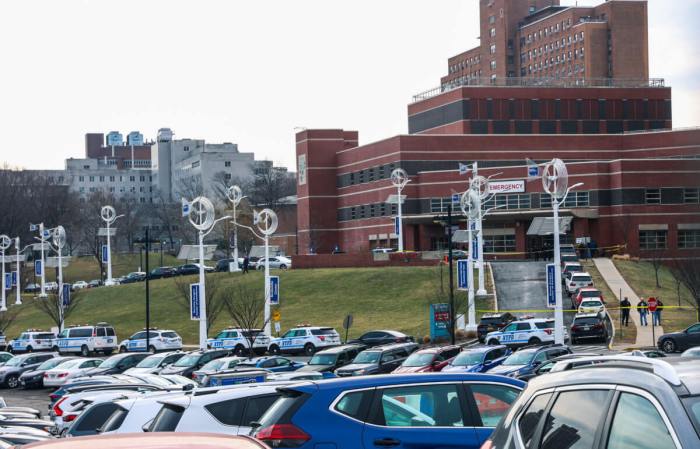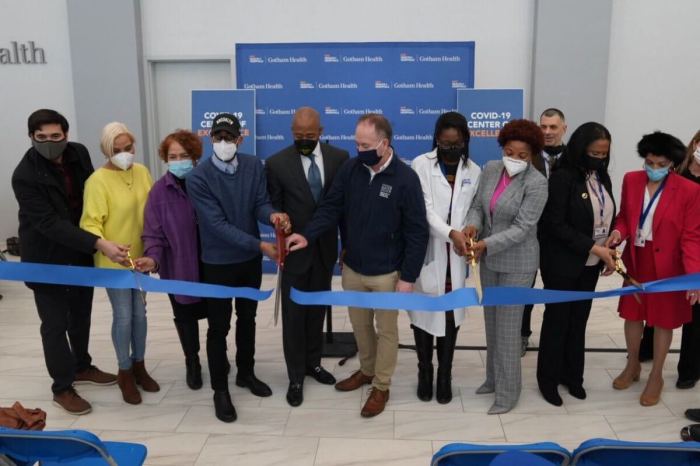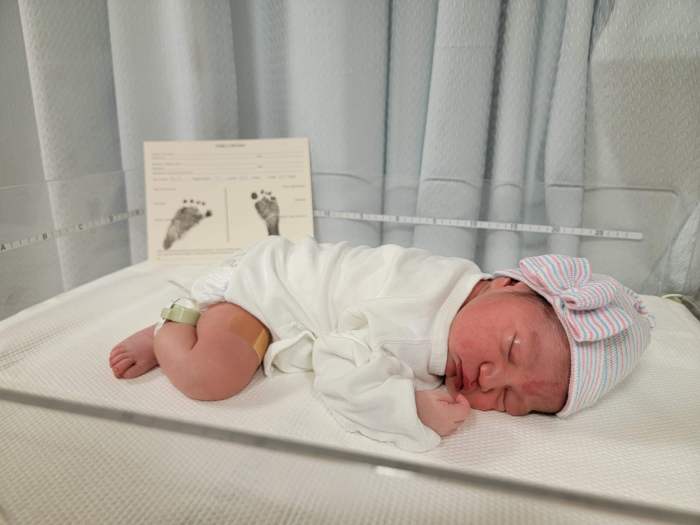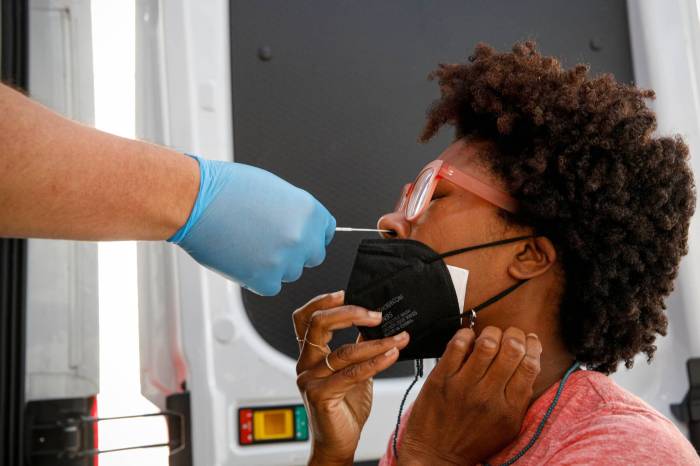Decommissioned only weeks ago, the tent shelter facility on Randall’s Island that had accommodated some arriving migrants in New York this fall may be resurrected if another surge of newcomers occurs, the Adams administration reported to the City Council Monday.
On Sunday, Mayor Eric Adams warned of a possible surge in new migrant arrivals due to the impending expiration of a federal rule that had stemmed their flow over the southern border since October. President Joe Biden’s administration started utilizing the rule – Title 42, which allows the feds to prevent migration over the U.S. border amid a public health emergency – in October as a way to lessen a surge of mostly South and Central America asylum seekers over the southern border.
The rule was deemed unconstitutional by a federal judge last month and is set to end on Wednesday.
With Titile 42 gone, Adams said the city will likely be once again receiving thousands of migrants – getting bussed here by southern states and the federal government – a week. And its six buses have already arrived since Sunday, city Emergency Management Commissioner Zach Iscol said during the hearing.
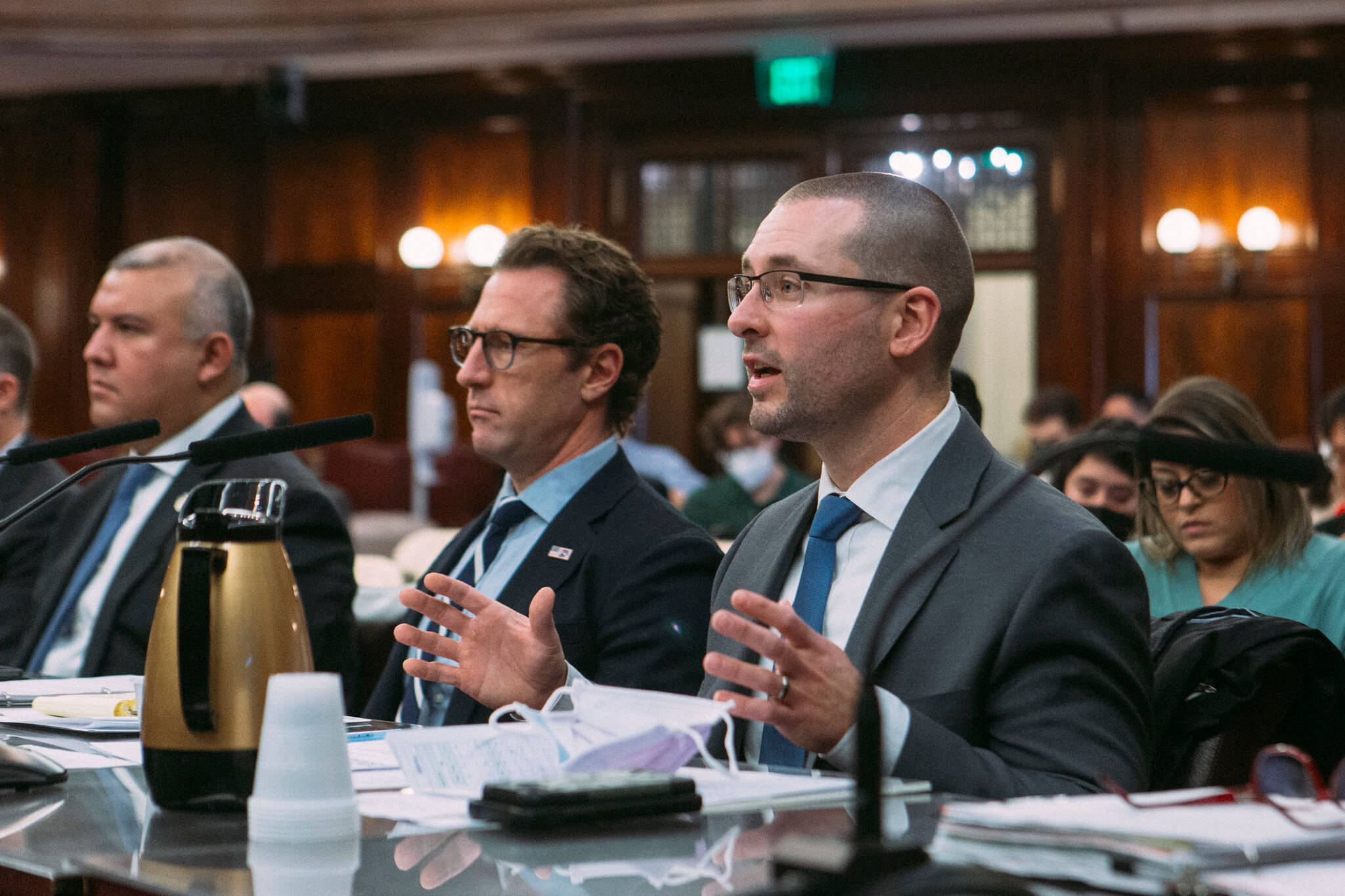
Shortly after Biden announced he was using the rule to send most Venezualan asylum seekers who illegally crossed the border back to Mexico, Adams said the so-called “decompression strategy” dramatically reduced the number of migrants showing up at the Port Authority Bus Terminal each day.
That quickly led the administration to scrap the tent-shelter on Randall’s Island, one of several “Humanitarian Emergency Response and Relief Centers” (HERRCs), only three and a half weeks after it was first put on line, and replace it with 600-room facility at the Watson Hotel in Midtown Manhattan.
While facing questions from City Council Speaker Adrienne Adams (D-Manhattan, Bronx) during the hearing examing the migrant crisis Monday morning, Iscol said “everything is on the table” as the city looks to accommodate another expected influx of asylum seekers.
“As you know, over the last five, six weeks, one of the reasons we shut down Randall’s Island is because there were no more buses coming,” Iscol said. “But now that we have an influx of buses, everything is on the table.”
Even so, City Council Immigration Chair Shahana Hanif (D-Brooklyn) said the council “stands opposed” to reopening Randall’s Island or any tent-like shelter facility and asked if the administration would commit to not resurrecting Randall’s.
“This council stands opposed to reinstating those open ‘tent-city facilities,’” Hanif said. “Can the city commit to not using outdoor facilities for housing asylum seekers moving forward?”
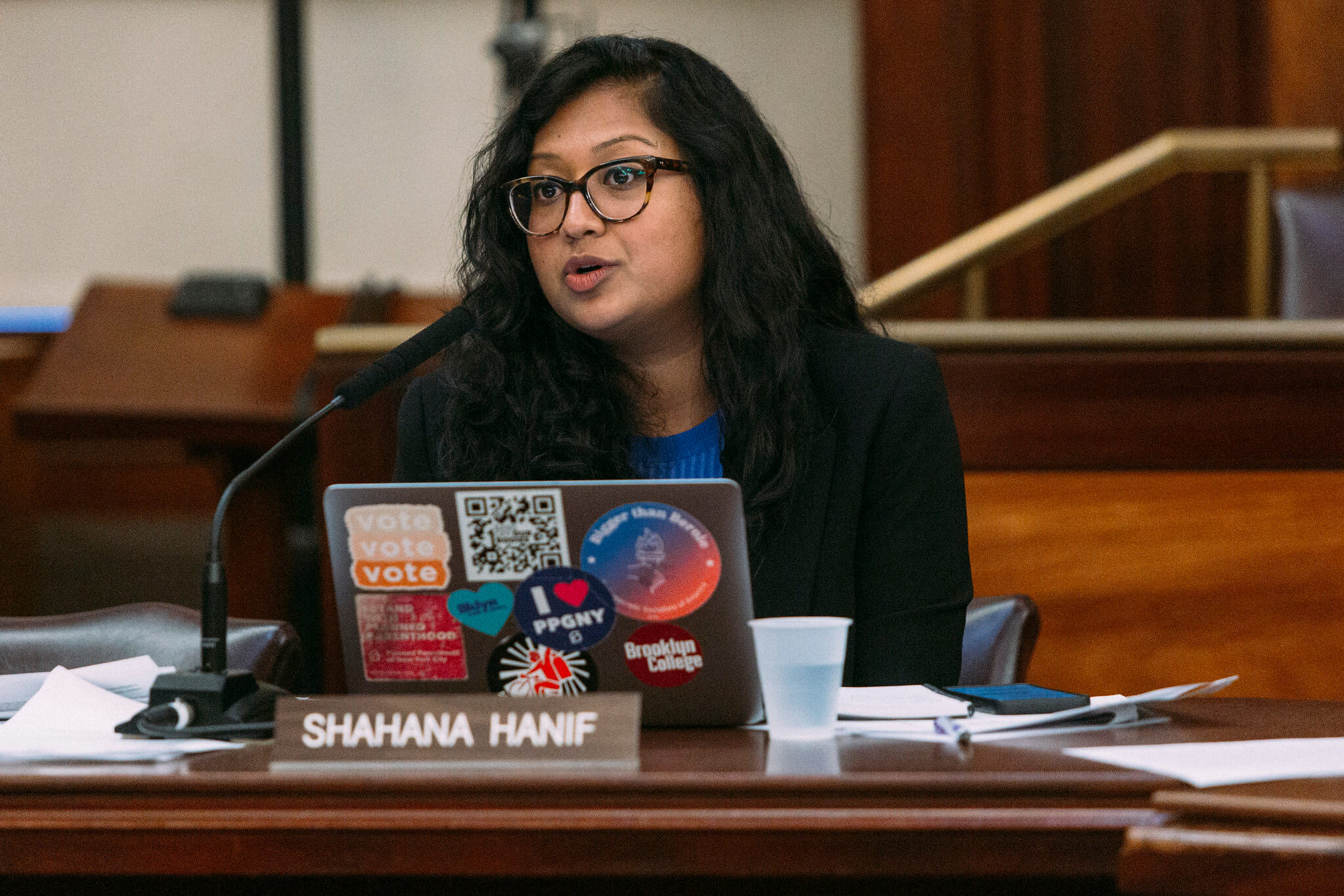
Iscol pushed back on the idea that all council members were against tent shelters and repeated that the administration wouldn’t take bringing the Randall’s HERRC back off the table.
“No, I will not commit to not taking anything off the table in this unprecedented emergency,” Iscol said.
The Randall’s Island HERRC was constructed after another facility set to open in the parking lot of Orchard Beach in the east Bronx was ultimately taken down due to the area being prone to flooding. Iscol estimated the cost of tearing down that facility and building the Randall’s Island shelter to be $650,000 altogether.
According to city Health + Hospitals Senior Vice President Ted Long, the Randall’s HERRC served a total of 525 single adult men during the short time it operated.
Council Member Julie Won (D-Queens), who chairs the body’s Committee on Contracts, questioned why the city would reconstruct the facility only a month after it was taken down, given the cost. Iscol said that decision was made because buses stopped coming from Texas in the wake of Biden invoking Title 42, but now there may be a need for another large scale facility like Randall’s.
“There was no longer a need for a large-scale facility to process thousands of people on a monthly basis to try and figure out where they were going next,” Iscol said. “We now have another influx coming and there could be a need for another facility like Randall’s, especially if we don’t receive additional help from the state or the federal governments. The fact is, there’s not a lot of places in the city where you have the type of space you need to be working with thousands of people.”
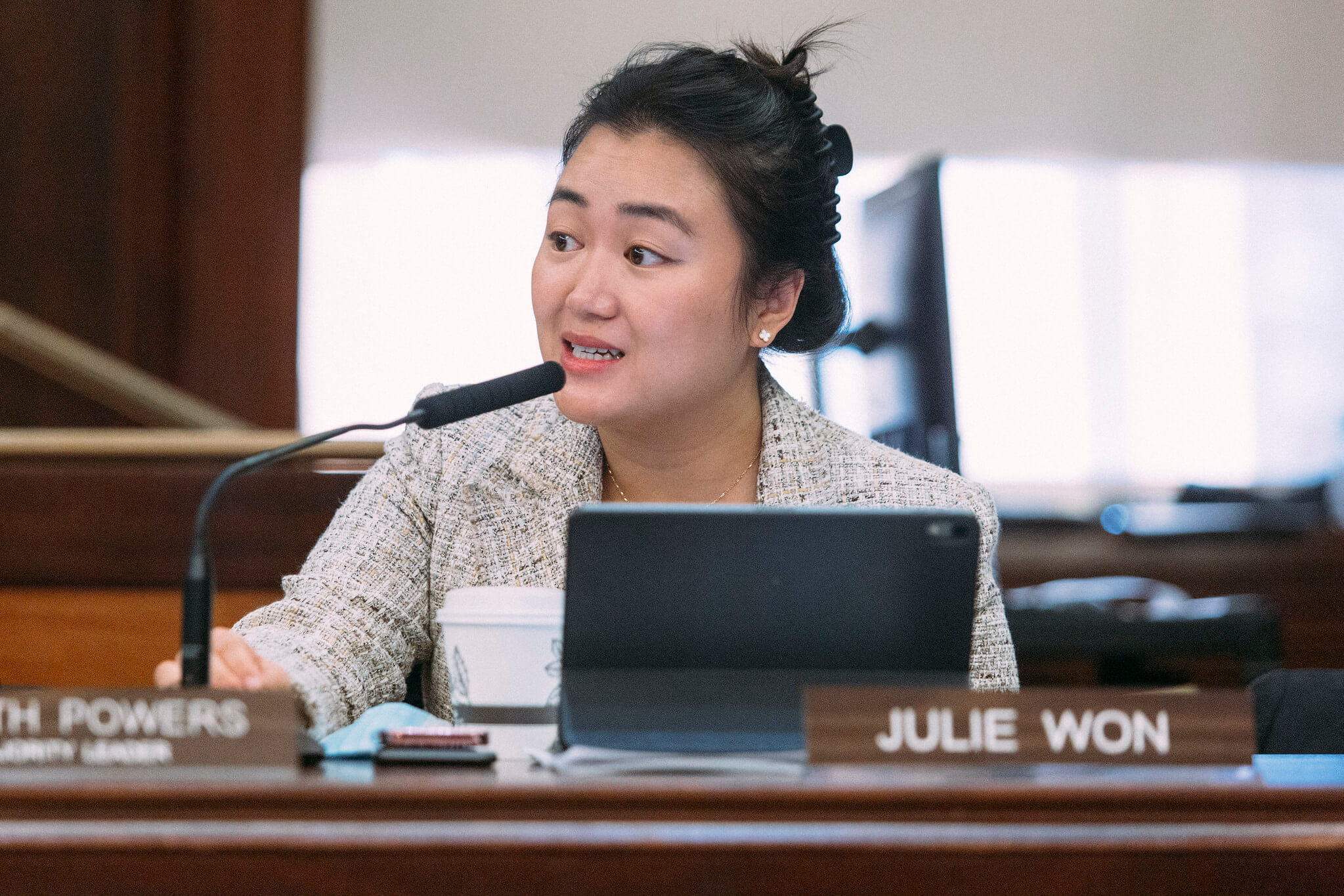
Iscol said the city is currently citing additional facilities across the five boroughs that can accommodate new waves of asylum seekers. Additionally, he pointed to the four HERRCs currently operating at the Watson, Row, Wolcott and Stewart Hotels as well as 60 emergency shelters the administration has set up in recent months.
Throughout the hearing, administration officials reiterated pleas by the mayor for the federal and state governments to send the city desperately needed relief funds to help shoulder the considerable cost of the crisis, which Adams in October estimated would cost the city $1 billion by the end of the fiscal year. Mayor’s Office of Immigrant Affairs Commissioner Manuel Castro said the feds and state are exacerbating what is already an unprecedented crisis by not sending aid.
“The time is now, we need you to step up and support New York City and asylum seekers,” Castro said. “You’re making an incredibly difficult situation much worse by continuing to delay your support to our city.”



